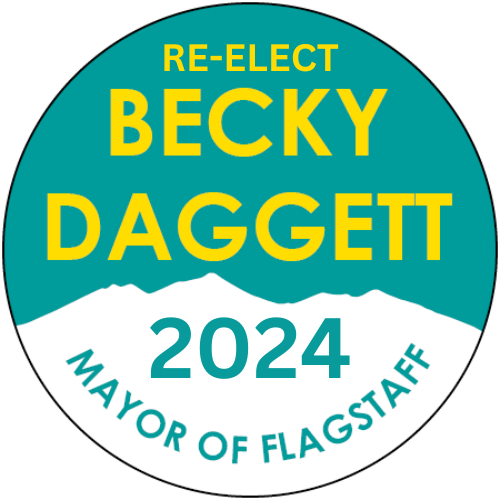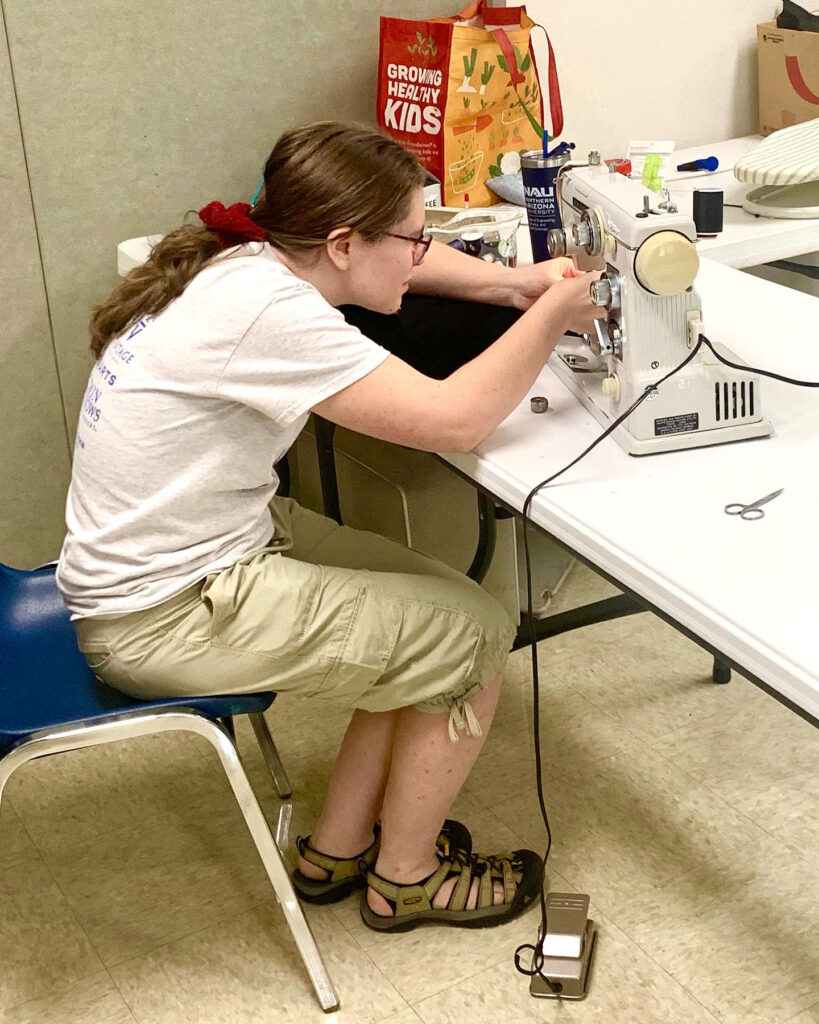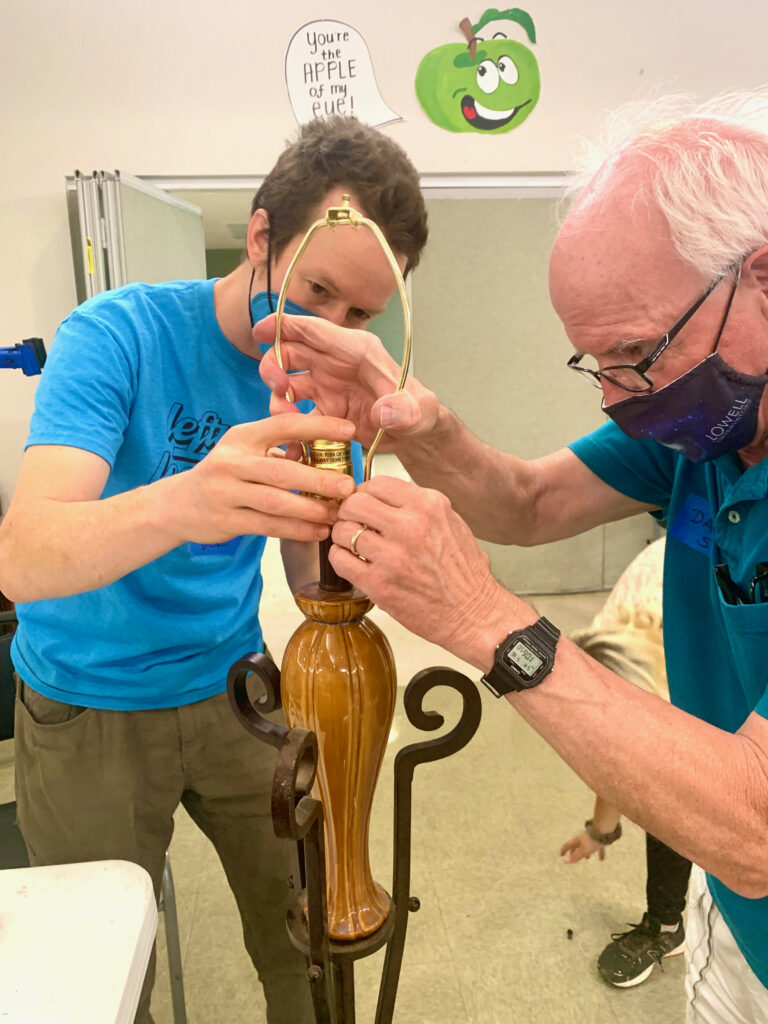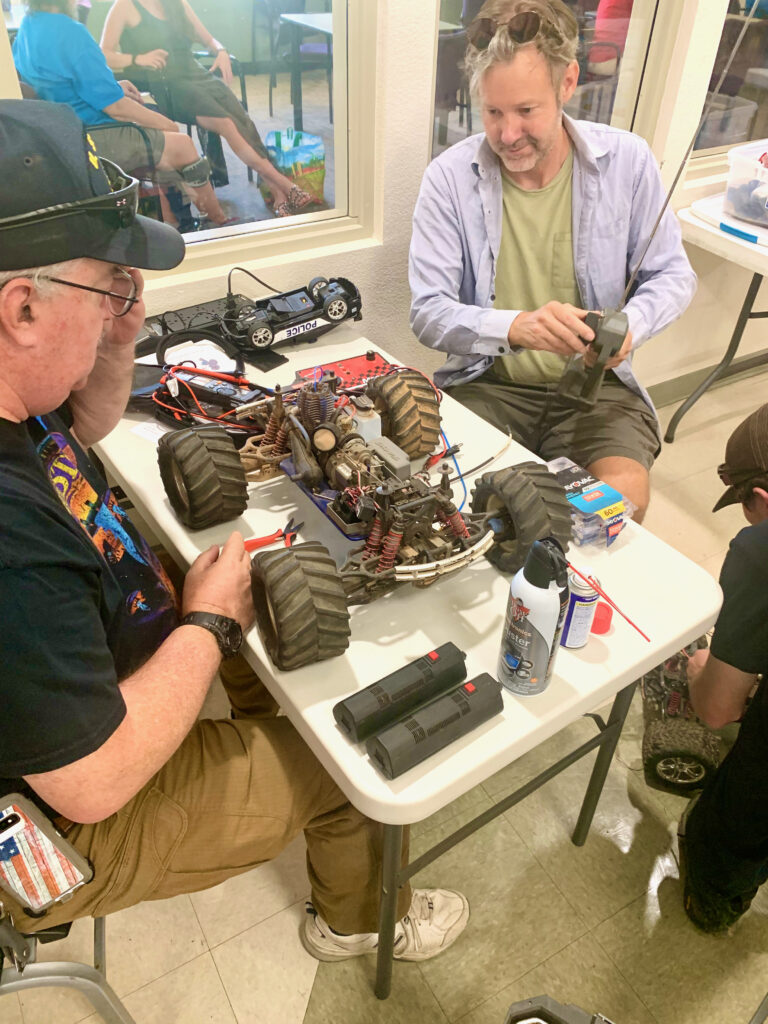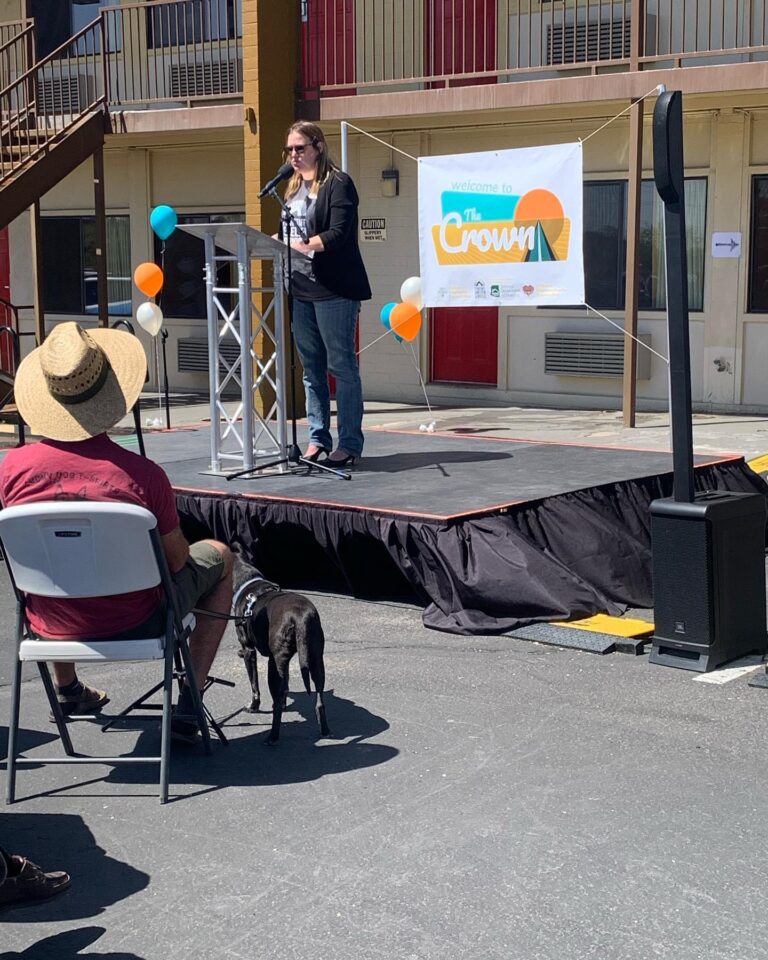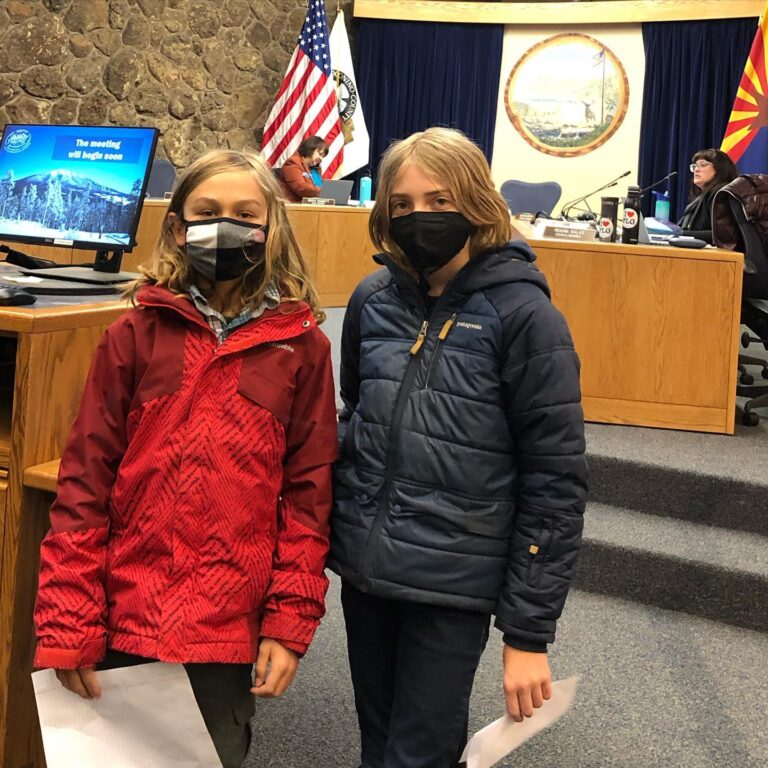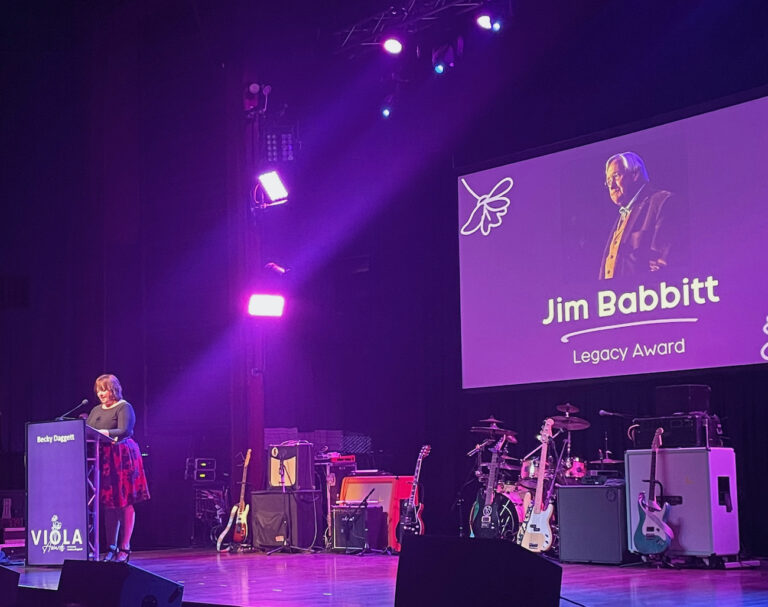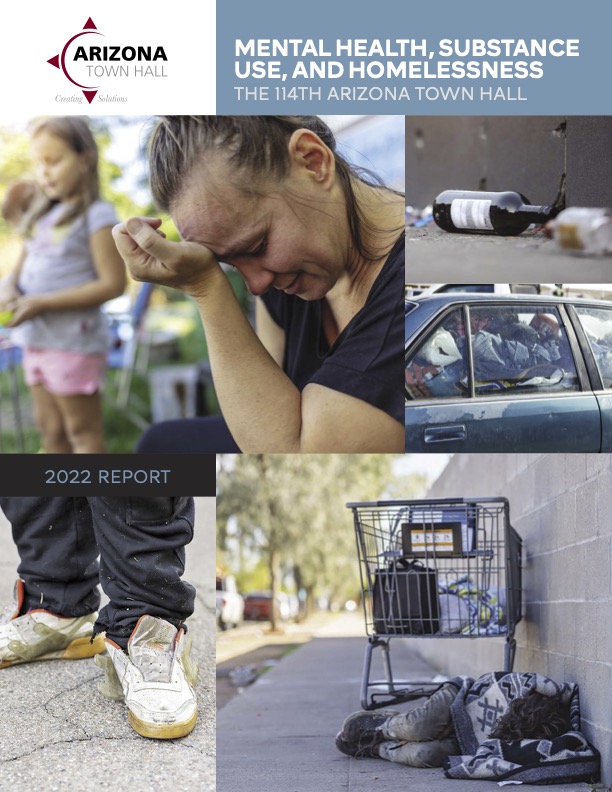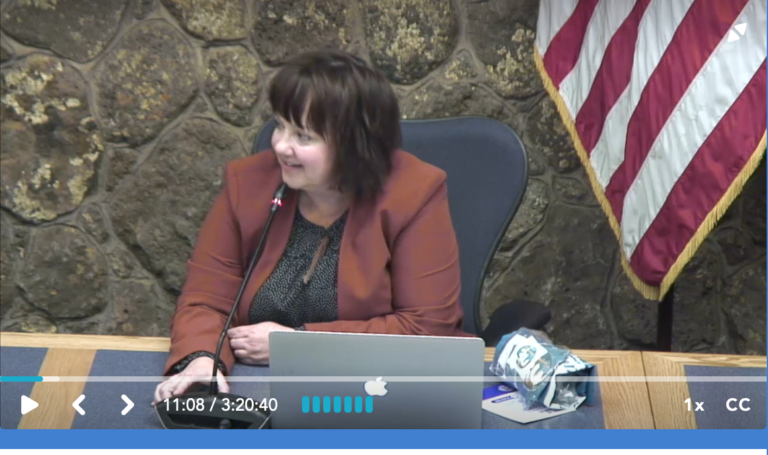Solid Waste and Flagstaff Climate Goals
I recently took some items to the “Fix It Clinic,” an event sponsored by the City’s Sustainability Section and staffed by community volunteers. Residents can bring items such as small electronics, toys, lamps, vacuum cleaners, bikes, and clothing while handy and creative volunteers will do their best to fix them for free.
I struck up a conversation with Ward Davis, a long-time community volunteer involved with many great projects around town. Ward was working with two young men to disassemble items that couldn’t be fixed, but that contained parts that could either be repurposed or recycled.
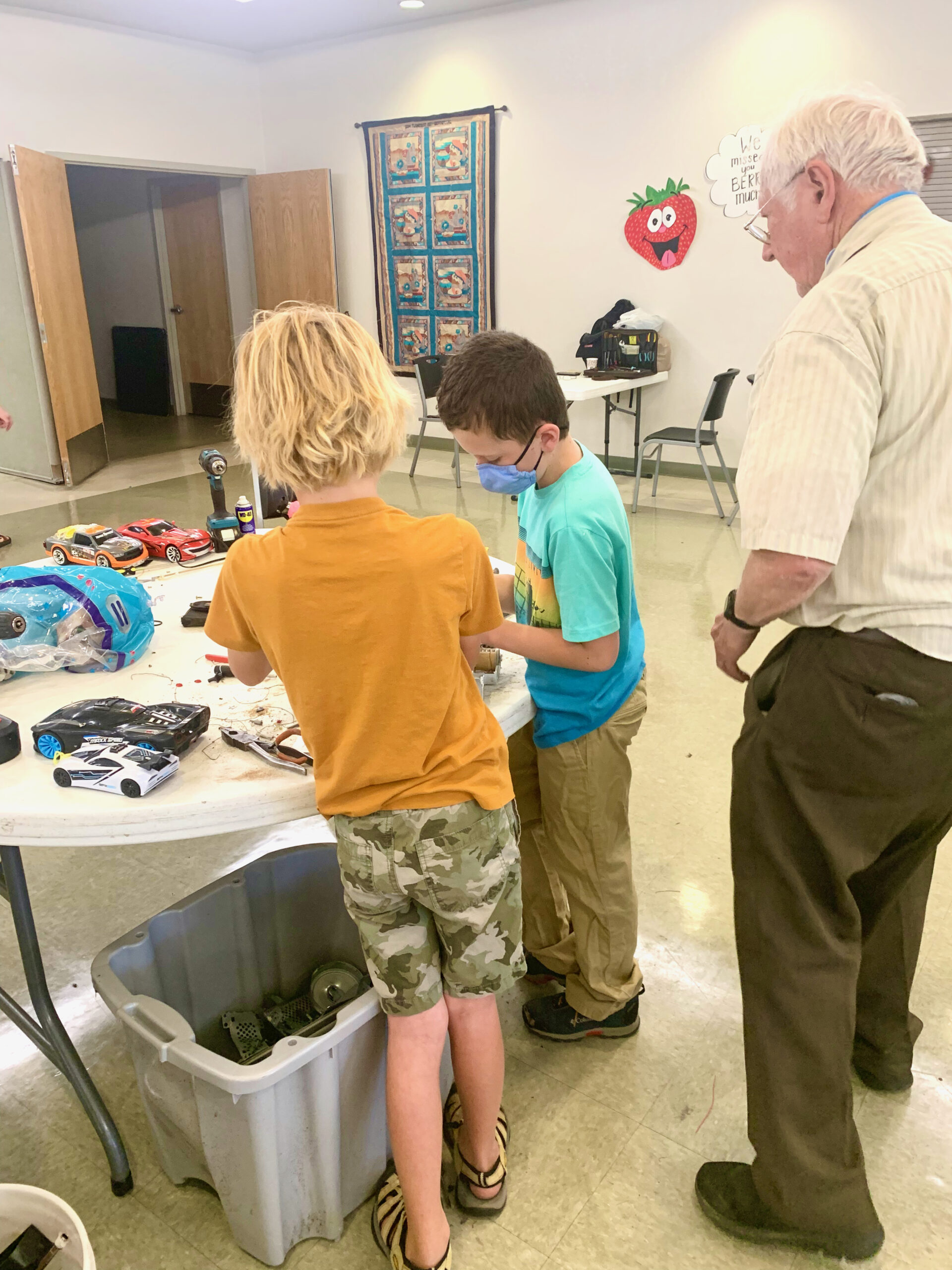

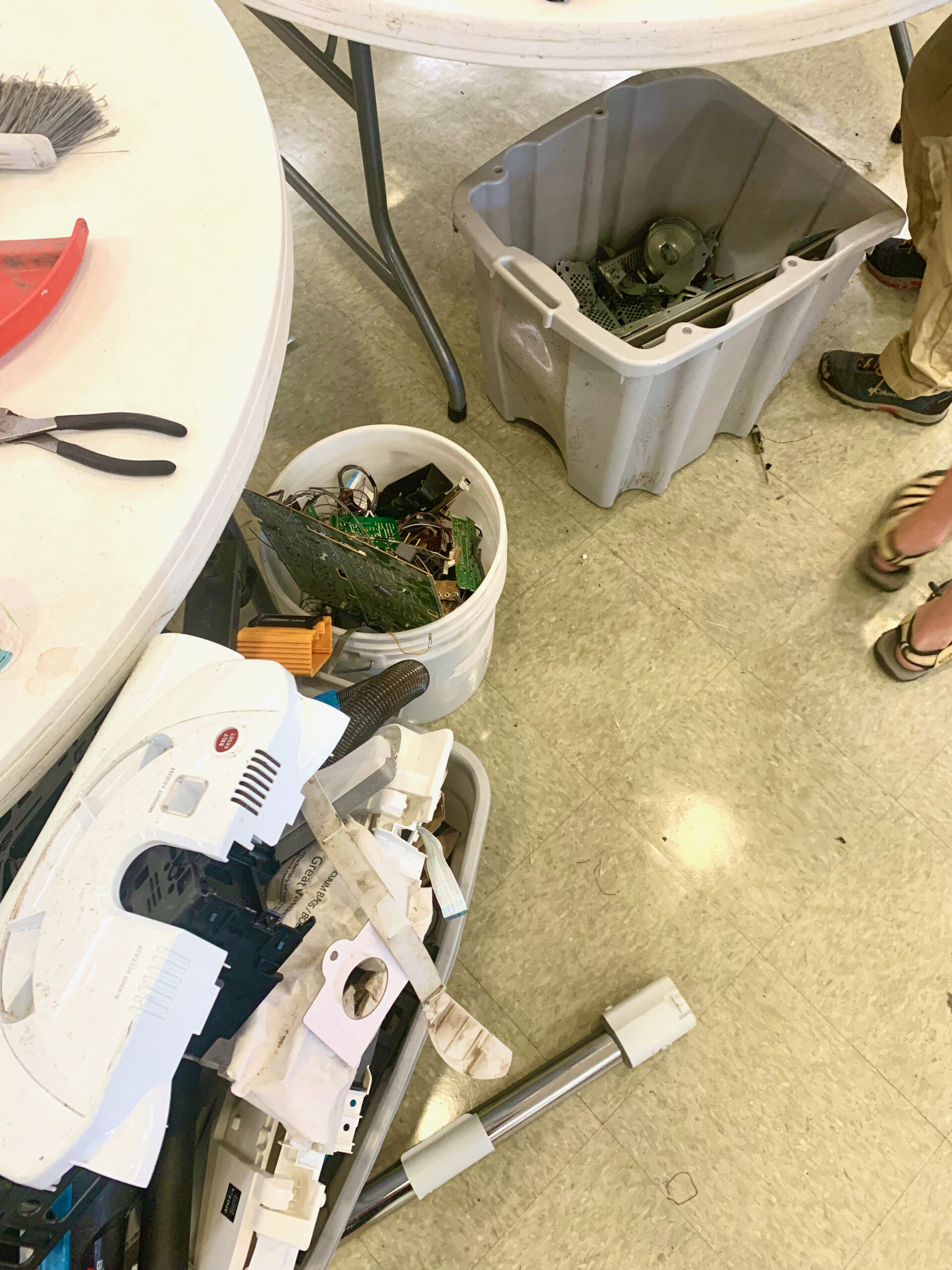
The entire event got me thinking about consumption and solid waste so I went back to the video of a presentation City Council received about the Cinder Hills Landfill and the “ReThink Waste Plan.”
The waste plan is a key element of the City’s climate action goals as well as important in prolonging the life of the landfill.
From the staff summary:
“The Cinder Lake Landfill is a 343-acre municipal solid waste landfill providing disposal services to the City of Flagstaff and Coconino County. The City has operated the landfill since the late 1960s under a special use permit from the U.S. Forest Service. The Landfill receives an average of 385 tons per day of material and the current planned cells are anticipated to close in 2063. This date is based on the industry standard of 3 percent volume growth projection. In comparison the landfill closure date would extend to 2072 based on 1 percent volume growth projection. Historical volume growth over the last 15 years is less than 1%.”
According to the waste plan, organic material currently makes up the greatest proportion of the waste disposed of at the Cinder Lake Landfill. There are a couple of actions either currently taking place or in the planning stages.
The City’s Sustainability Division has created a couple of efforts to help cut down on food waste. One is several self-service drop-off stations for your food scraps. Another is community compost hubs where volunteers that help with compost maintenance are able to take home finished compost. The City also offers instructions for composting at home.
Three local entrepreneurs have created Restoration Soils (website under construction) and are leasing a piece of State Trust Land off of Old Route 66 near the mall. They currently have a pilot program in place with a small number of local businesses and pick up source separated organics. They expect to start accepting drop off yard waste from commercial landscapers spring of next year and to negotiate pick up contracts with large producers at the same time.
I recently asked several questions about their business model and future plans:
“Residential pick up is the toughest part of the business plan as the levels of contamination are generally quite high. That said we hope to begin small scale pick up and community collection within the first year. We expect wide scale adoption to require a partnership with the city.”
What type of materials will you accept?
“Phase 1: Pre-consumer food, production and kitchen waste from commercial and institutional customers.
Phase 2: Drop off yard waste from commercial contractors
Phase 3: Private residential collection
Later Phases: Municipal collection, construction and demolition recycling”
Who will bring you these materials?
“Service will be pick-up operated by Restoration Soils except for landscape contractors with drop off contracts.”
What will the compost be used for?
“The primary use will be for landscape contractors and facilities departments for governmental and institutional clients.”
Do you have an estimate of how many tons of materials your facility will divert from the city’s landfill?
“Year 2: 700 tons food waste increasing to 1400-2500 tons by year 5 if municipal collection is implemented. Importantly this type of waste also has the highest potential for methane generation when landfilled.
We will also be processing wood chips from forest restoration projects, and likely crushed concrete and asphalt from construction projects. That represents at least 3500 tons of chips and likely similar quantities of asphalt and concrete. Though not all of this currently goes to the landfill.”
The next time the City hosts a “Fix It Clinic,” I encourage you to participate. If you’re handy, consider volunteering and if you, like me, have a small stockpile of things you’re intending to get fixed, pull them out and save them from the landfill!
If you’re concerned about waste reduction, climate change, and building a stronger community (and I hope you are!), I encourage to sign up for the Sustainability Section’s newsletter or volunteer with one of their many efforts!
